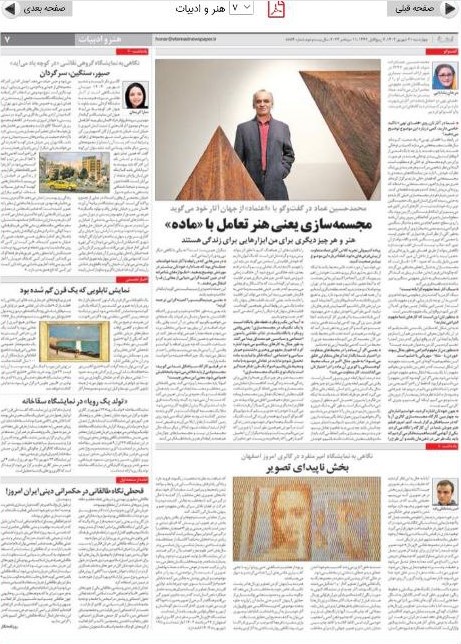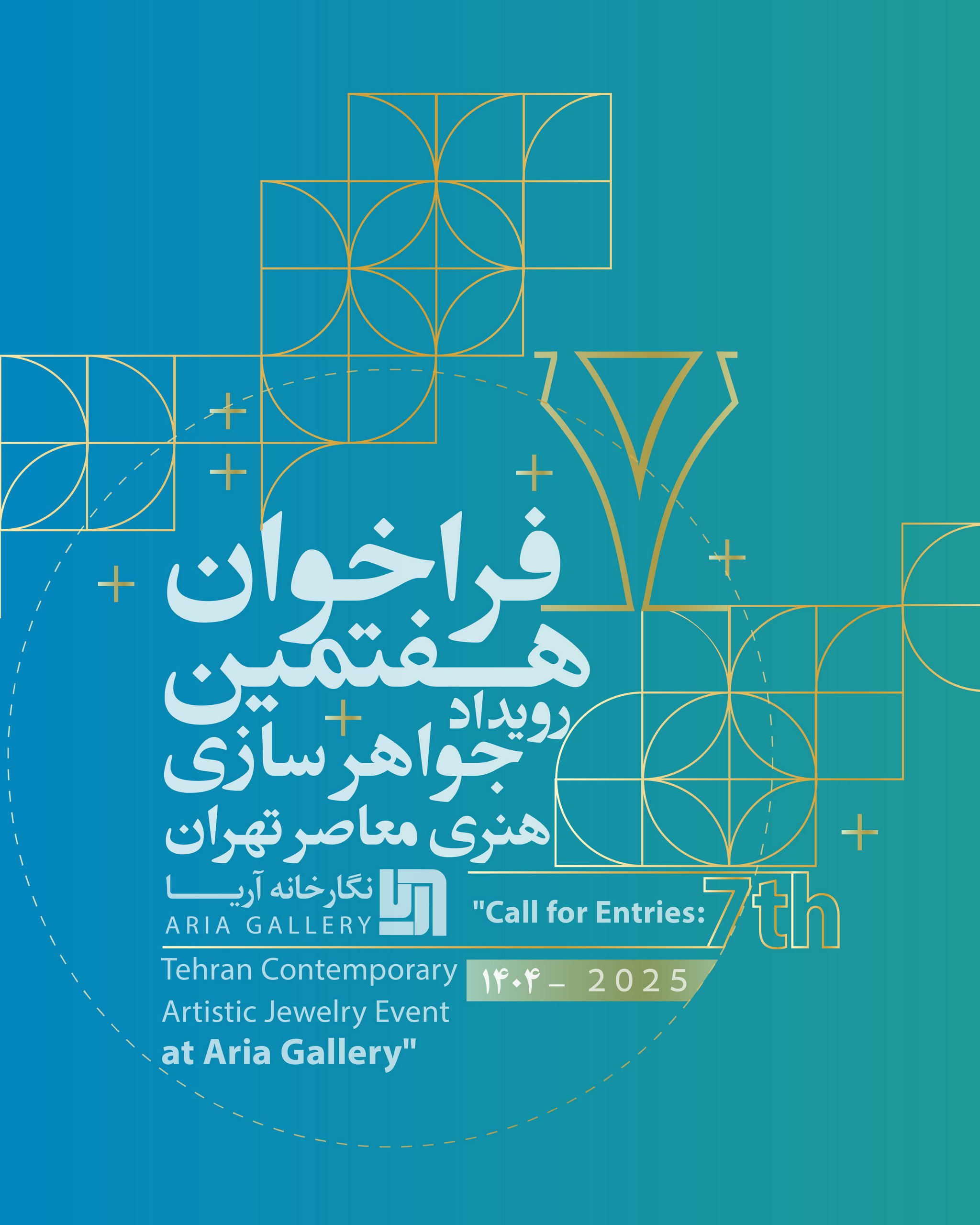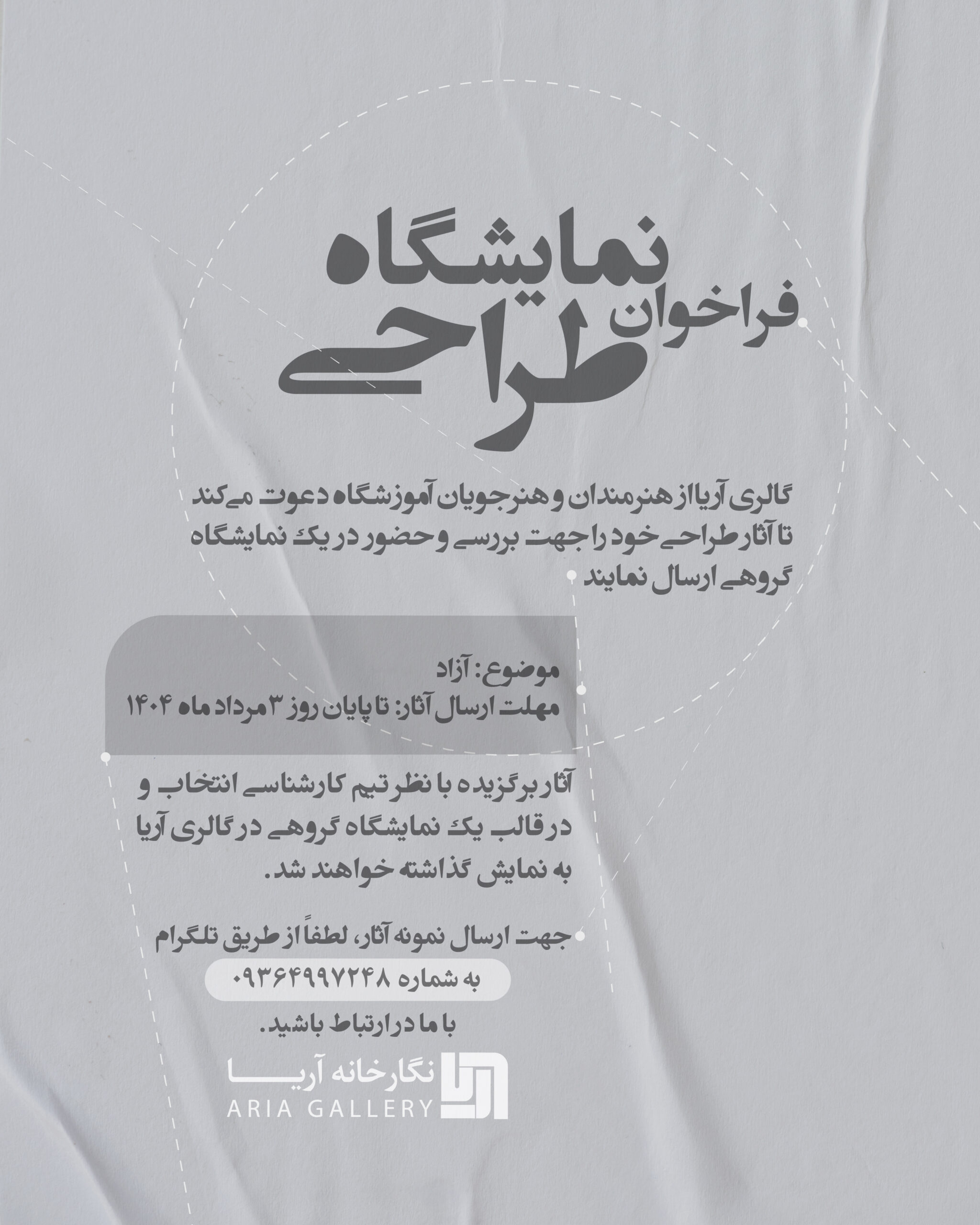Mohammad Hossein Emad Discusses His Artistic Vision with "Etemad".
Sculpture: The Art of Interacting with Material
هنر و هر چيز ديگري براي من ابزارهايي براي زندگي هستند.
Mohammad Hossein Emad , born on August 27, 1957, in Arak, is widely recognized as a pioneer of contemporary conceptual art in Iran. His work is celebrated for its exploration of "empty space" and its unique interaction with materials. To gain insight into his artistic perspective, we spoke with him about his creative process and philosophy.
Marjan Yeshayayi
- شما در آثارتان روي «فضاي تهي» تاكيد خاصي داريد، كمي درباره اين موضوع توضيح ميدهيد؟
در رابطه با «فضاي تهي» زياد صحبت كردهام. سالهاست مجسمههايي ميسازم كه بيشتر توخالي هستند يا با چوب هستند يا پارچه يا يك قسمتي از آنها فلز است، ولي بيشتر توخالي هستند، در هر صورت براي من فرم مجسمهاي تو خالي فرم مطلوب است، البته اين نظر شخصي من است و هر هنرمندي بيشك نظرات خودش را دارد. من نمايشگاههاي متعددي با مجسمههايي كه فضاي خالي دارند، برگزار كردهام. هنري مور و باربارا هپورث مجسمههايي ساختهاند كه روزنهاي درونش ايجاد كنند و هم چند قطعهاي كنند.
در ضمن، درباره فرم در مجسمهسازي خيلي كار شده و به جايي رسيده كه براي انسان امروز يك حجم سنگين توپر، زياد خوشايند نيست. در كارهاي آنيش كاپور هم ميبينيم براي اينكه فرم سنگين را از بين برود، يك سطح استيل يا چيزي كه انعكاس بيرون روي آن باشد را روي سطح حجم انجام ميدهد و ما ديگر سنگيني فرم را نميبينيم. يعني محيط را روي آن فرم ميبينيم.
Generally, people find it less engaging to encounter a solid, impenetrable volume. Instead, they often prefer to see through or around a form, or even pass through it. This preference might explain why sculptors have been exploring various ways to incorporate empty space for the past 40 to 50 years. However, if a sculpture is conceptually heavy and solid for a specific reason, the context changes
- ?Is your approach conceptual in nature
My style will become clearer over time, but my focus is on beauty, form, and meaning—defined not in a literary sense but through the materials I use. It is fundamentally a visual concept
- ?Do your works lack abstract meaning
Not in the sense of simply visualizing a specific object, such as a cup, mentioned in a text. This approach would merely recreate the object described in the text, which begs the question: what is my role as an artist
- منظور من از مفهوم انتزاعي بهطور مثال پيوند خوردن با – مثلا – مهرباني يا خشم است؟
These concepts can indeed be literary. Meaning is not something pre-existing in my mind that I convey through a medium. Instead, meaning emerges organically. If I already knew the meaning and only needed to execute it, it would imply self-understanding and knowledge of internal content. However, I believe we are exploring meaning from within ourselves—understanding who we are and what we are creating
- You mentioned the fourth fourth sculpture workshop by Aria Gallery held in Siyahkal. I recently watched a film of your students from that workshop. One student said that they initially thought they needed a design in mind and to execute it, but the experience in your class differed from their preconceptions. Can you explain on this
ميخواستم آن دوره تحت تاثير محيط باشد نه اينكه از يك شهر به شهر ديگر برويم، ذهنيت خودمان را هم ببريم و يك كاري را آنجا اجرا كنيم. اين به اين معناست كه ما آنجا حضور نداشتيم و همه حضور ما در تهران بوده و اصلا متوجه نشديم كه به منطقه ديگري آمدهايم و آن همه فضايي كه آنجا وجود دارد روي ما هيچ تاثيري نگذاشته. ما آمدهايم فكرمان را آنجا پياده كنيم.
من اين طرز فكر را داشتم و گفتم با پيش فرضهايتان نياييد. كسي طراحي با خودش نياورد. حتي مهم نبود كسي قبلا مجسمه يا اثر هنري كار كرده باشد. آنجا فضاي سبز بزرگي بود كه ميتوانستند قدمي بزنند، جستوجو كنند و اگر چيزي به ذهنشان آمد كه ميتوانند سرهمبندي كنند تحت تاثير محيط باشد، من الان مجسمه كار ميكنم ماده مجسمه جزیي از محيط من است كه نميتوانم به آن بيتوجه باشم.
- ?Would the same material yield different results in different environments, such as mountainous or desert settings
صد درصد، اينها رابطه درون و بيرون انسان است. وقتي ميگوييم رابطه يعني ارتباط بين دو چيز بهطور مثال يك انسان و شي يا دو انسان. رابطه زماني شكل ميگيرد كه هر دو طرف لحاظ شده باشند نه اينكه من فكرم را به بيرون تحميل كنم. منظور از بيرون، شيء يا انساني ديگر است. به طور كلي، ما يك درون و يك بيرون داريم. درونمان را تا حدودي ميشناسيم و اگر بخواهيم با بيرون هم ارتباط بگيريم بايد با درون خودمان در تعادل باشيم تا بتوانيم با دنياي بيرون، چه انسان باشد چه شيء، به تفاهم و تعادل برسيم.
هنرمند در مجسمهسازي ماده را لحاظ ميكند. بايد از ماده و قابليتهايش شناخت داشته باشيم و خودمان را با قابليتهاي آن هماهنگ كنيم تا خلق اثر بتواند پيش برود، وگرنه مثل اين است كه يك ليوان داريم كه خودش قابليتش را به من ميگويد. من بايد اين را بفهمم تا اينجا به يك تعاملي برسم و البته در قدم بعدي، بايد خلاقيتي شروع شود. آن خلاقيت زماني شروع ميشود كه من چيزهاي ديگري هم در قابليت آن ببينم. اينگونه است كه ما اشكال و فرمهايي ميبينيم كه در هنر خيلي عجيبند و ما حتي به فكرمان هم نميرسيد اين ماده ميتواند اين قابليت را داشته باشد. يعني كشف قابليتهاي پنهان يك ماده يا يك شي. در روابط انساني هم همين گونه است. قابليتهاي پنهان فرد ديگر را زماني كشف ميكنيم كه در جستوجو باشيم.
- ?Is this perspective a general approach, viewpoint, or a specific technique in sculpture
Art, including sculpture, is fundamentally a tool for life. The focus is on the interaction between the artist and the material, understanding its capabilities. This interaction can also apply to human relationships, where effective communication and understanding are key. Techniques are tools to enhance life, not ends in themselves. This principle applies to teaching as well—finding paths that work for others without imposing one's own limitations.
- In various texts about your work, there’s a phrase: "Poetic single words that, despite their minimalism, convey a world of deep meanings." Can you expand on this
?Is this perspective a general approach, viewpoint, or a specific technique in sculpture
- ?Is this perspective a general approach, viewpoint, or a specific technique in sculpture
This phrase reflects the concept of minimalism, emphasizing that art should be concise and impactful. Minimalism involves presenting only what is necessary to convey meaning effectively, avoiding any excess. In literature or sculpture, eliminating superfluous elements can enhance the clarity of expression, making the message more direct and engaging.
- In the Siyahkal workshop film, you state: “When a sculpture is freed from its base, it aligns with its audience. What does this mean
A sculpture's base creates a distance between the audience and the work, defining a boundary that often prevents physical interaction. A base sets a specific context for viewing. In contrast, a stand merely elevates a piece for practical reasons, such as displaying a small sculpture in a gallery. Contemporary sculptors are increasingly considering how their works relate to and engage with their audience, beyond the constraints of traditional bases





